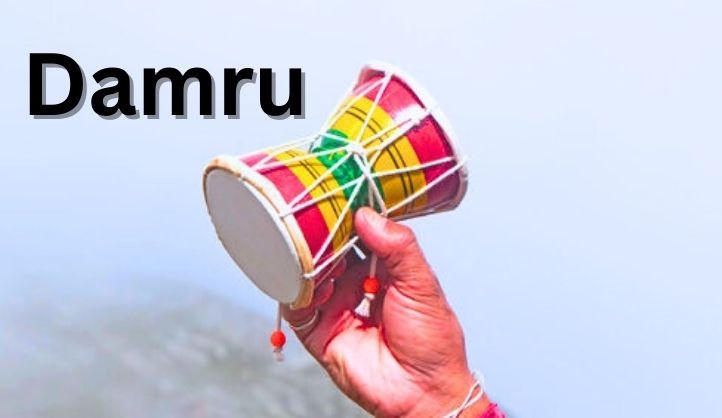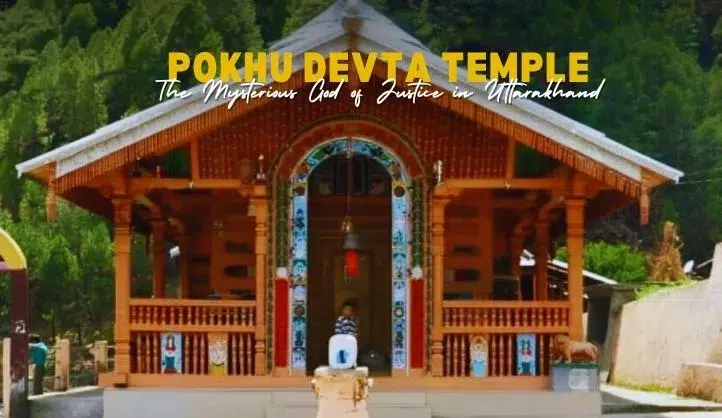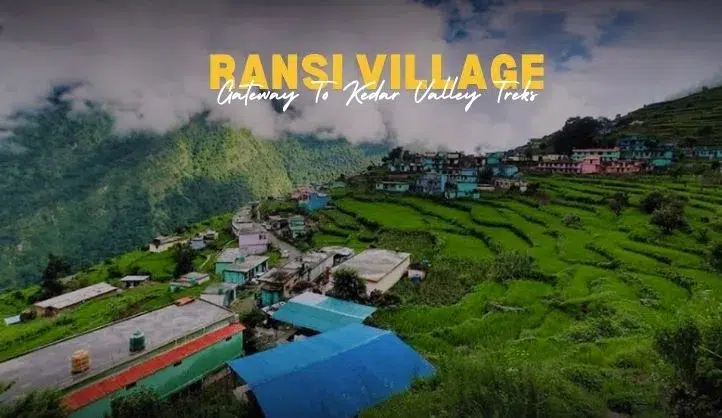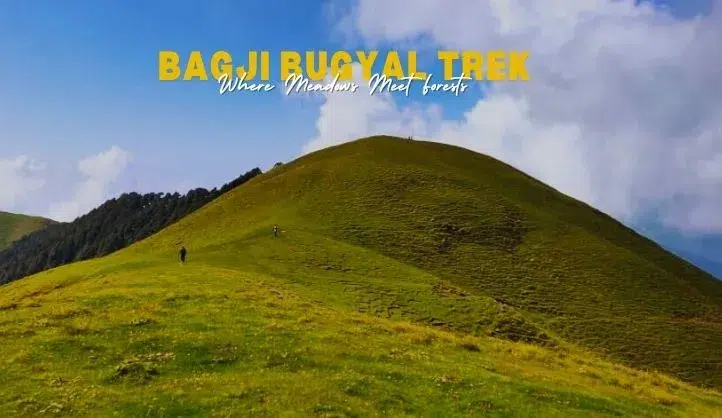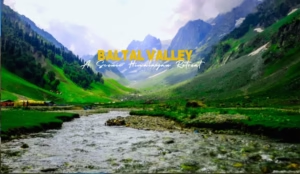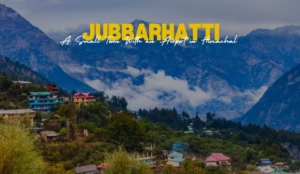Nestled in the lap of the Himalayas, Uttarakhand is not just a visual paradise but a cultural cornucopia, rich with traditions and folklore that span centuries. Among the many cultural artifacts that dot the landscape of this northern Indian state, the Damru holds a special place. This small, two-headed drum, known widely as the instrument of Lord Shiva, resonates deeply with Uttarakhand’s spiritual and cultural heritage.
Historical Significance
The Damru, often associated with the cosmic dance of Lord Shiva, represents the primal sound from which the universe is said to have emanated. In Hindu mythology, it is believed that the rhythmic beats of the Damru symbolize the cycle of creation and destruction, embodying the very essence of life and the universe. In Uttarakhand, where Lord Shiva is revered as the supreme deity, the Damru is not merely an instrument but a sacred symbol.
Cultural Resonance
Uttarakhand’s rich tapestry of festivals, rituals, and local traditions frequently features the Damru. It is a vital component in many religious ceremonies and folk performances. The Kumaoni and Garhwali regions of Uttarakhand have their unique music and dance styles, where the Damru’s distinctive sound plays a crucial role.
During the vibrant festival of Mahashivratri, the beats of the Damru can be heard resonating through the temples and streets, symbolizing the awakening of divine energy. The instrument is also central to various local fairs and festivals, where it accompanies traditional dances and songs, enriching the cultural milieu with its rhythmic charm.
Craftsmanship and Making of the Damru
Creating a Damru is an art form in itself, requiring skilled craftsmanship. Traditionally, it is made from wood, often teak, and covered with animal hides. The construction process is meticulous, ensuring that the drum produces the right kind of resonant sound. Artisans in Uttarakhand pass down this craft through generations, preserving the traditional techniques while sometimes incorporating modern elements to enhance durability and acoustics.
Some Other Traditional Instruments of Uttarakhand
With its rich cultural diversity and heritage, Uttarakhand boasts several traditional instruments that reflect the region’s vibrant cultural identity.
Dhol
The Dhol is a double-sided drum central to Uttarakhand’s folk music. Traditionally made from wood and animal hide, it is played with sticks and produces a deep, resonant sound. The Dhol is essential in local festivals, weddings, and dances like the Chholiya, where its powerful beats drive the rhythm of the performance.
Dholki
Similar to the Dhol but smaller in size, the Dholki is another drum widely used in Uttarakhand’s folk music. It is often played in a sitting position and provides rhythmic accompaniment to folk songs and dances. Its lighter and more portable design makes it a versatile instrument for various social and religious gatherings.
Damau
The Damau is a kettle drum that is typically played in conjunction with the Dhol. It has a distinctive, thunderous sound that complements the Dhol’s beats. Together, these instruments create a powerful and dynamic musical ensemble that is a staple in many cultural and religious events.
Ransingha
The Ransingha is a traditional brass instrument shaped like a curved horn. It is blown to produce a loud, majestic sound and is often used in ceremonial occasions and religious processions. The Ransingha’s unique timbre adds a regal touch to the music, evoking a sense of grandeur and festivity.
Bhankora
The Bhankora is another wind instrument, similar to the Ransingha but made from copper or brass. It is often used in pairs to produce harmonious tunes. The Bhankora’s sound is an integral part of folk music ensembles, especially during the harvest festival of Harela and other local celebrations.
Algoza
The Algoza is a double-flute instrument played by blowing air into two flutes simultaneously. It is often used by shepherds and in folk music performances. The Algoza produces a melodious and rhythmic sound that is both soothing and vibrant, reflecting the pastoral life of the region.
Damru in Contemporary
While deeply rooted in tradition, the Damru has also found a place in contemporary Uttarakhand. Modern musicians and fusion artists incorporate the instrument into their compositions, blending its ancient sound with contemporary music styles. This fusion not only keeps the tradition alive but also introduces the younger generation to their cultural heritage in a modern context.
Moreover, the Damru has become a popular souvenir for tourists visiting Uttarakhand. Miniature versions, often intricately decorated, serve as mementos of the state’s rich cultural and spiritual legacy.
Conclusion
The Damru, with its unique sound and profound symbolism, is much more than a musical instrument in Uttarakhand. It is a bridge between the ancient and the modern, the sacred and the secular. Whether echoing through the serene temples or enlivening the local festivals, the beats of the Damru are a testament to the enduring cultural vibrancy of Uttarakhand. For those who visit, the rhythm of the Damru offers a deeper connection to the mystical and spiritual heart of this Himalayan state, leaving an indelible imprint on their souls.
In Uttarakhand, the Damru is not just heard—it is felt, echoing the timeless traditions and the ever-living spirit of a land steeped in devotion and culture.
FAQs About Damru Traditional Instrument of Uttarakhand
1. What is a Damru?
It is a small, two-headed drum traditionally associated with Hindu mythology and, in particular, with Lord Shiva. It is an hourglass-shaped percussion instrument played by shaking it to produce rhythmic sounds.
2. What materials are used to make a Damru?
Traditional Damrus are made from wood, often teak, and are covered with animal hide. Modern versions may use synthetic materials for durability and improved acoustics.
3. How is the Damru played?
It is played by holding it in the middle and shaking it, causing the knotted strings attached to the drumheads to strike the drumheads alternately, producing a rhythmic sound.
4. What is the significance of the Damru in Uttarakhand’s culture?
It is not just a musical instrument but a symbol of spirituality and cultural identity. It is prominently used in religious ceremonies, folk music, and dance performances, especially those related to the worship of Lord Shiva.
5. In which festivals and events is the Damru commonly used in Uttarakhand?
It is commonly used during the festival of Mahashivratri, local fairs, and various religious ceremonies. It also features traditional dances like the Chholiya and is played during Jagar rituals.

